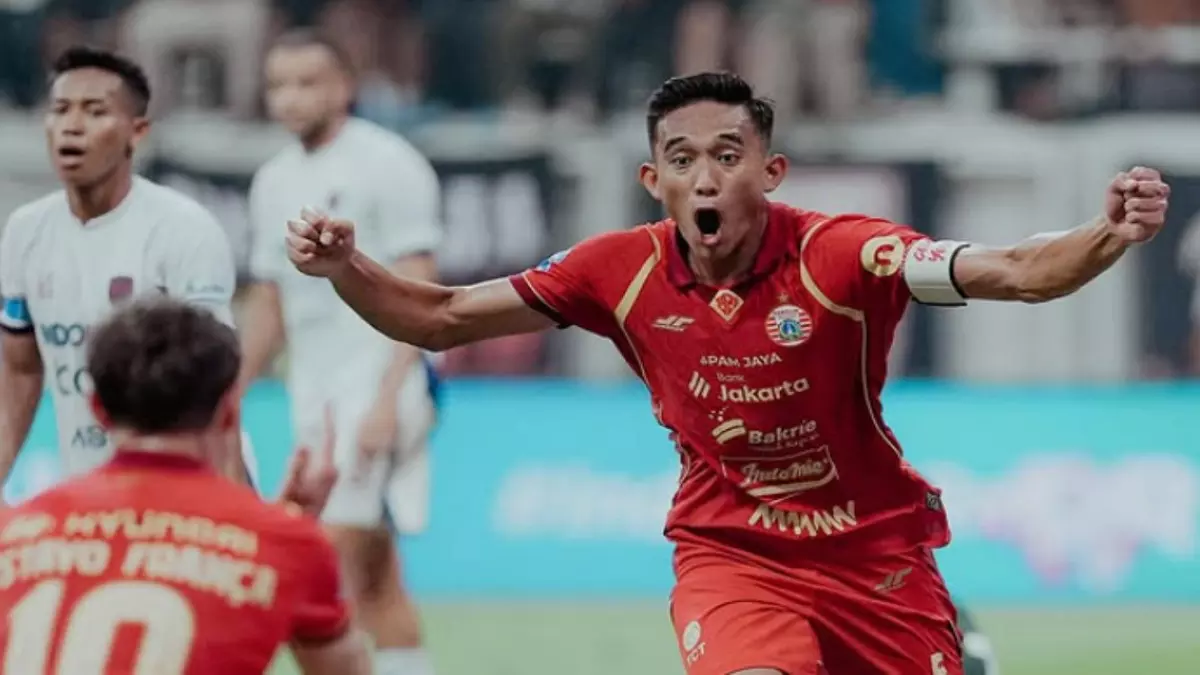The US Immigration and Customs Enforcement facility in Broadview located outside of Chicago has become a focal point for protesters who want to resist the agency. A viral photo of an ICE agent at the site pepper spraying a pastor in the face has come to exemplify the aggressive and violent tactics federal officers are using to corral the demonstrations.
The Rev. Quincy Worthington was there the night his friend, the Rev. David Black, was shot in the back of the head with a pepper bullet and pepper-sprayed in the face, and has returned every weekend since. He’s seen ICE agents hit protesters with batons, shoot pepper balls and rubber bullets, and deploy flash-bangs into the crowd. Worthington says his faith is what keeps him going back after some of the scariest nights of his life.
Below is a conversation between Worthington and Today, Explained host Noel King. Their conversation has been edited for length and clarity. There’s much more in the full podcast, so listen to Today, Explained wherever you get podcasts, including Apple Podcasts, Pandora, and Spotify.
Where did this start for you?
At the beginning of September, I went to a Faith Over Fear rally and press conference in Daley Plaza [in downtown Chicago] that was about Operation Midway Blitz ramping up and about a faithful response to that. David was there and he spoke, and through conversation of asking him what was going on and what he was doing, he told me about Broadview and the things that were going on there. And he said that it would be really great to have more clergy presence there, because we provide a sense of calm and can help deescalate things sometimes if it needs to be deescalated. I told him I would be happy to join him at those and went that Friday.
That night when the picture was taken, he and I had actually just arrived there together. And I was checking in with people at a supply table, finding out who the medics are, because [the ICE agents had] been releasing chemical munitions on us before. One of the things I’ve been trying to help do is get protesters safely away from the chemical munitions and to get the medical treatment if they need it; helping flush out eyes. While I was connecting there, David went up front as he usually does to pray, to plead to the humanity of the officers. He had finished doing that and was turning around to walk away, and the agent on the roof shot him in the top of the head with a pepper ball.
Were you surprised that this happened?
(Sigh) I think by that time, no. I mean, I guess you’re surprised every time it happens. I wasn’t shocked. ICE has been escalating their response to protesters every time we’ve gone. So I think I was a little taken back in the moment that it was just a random pot shot that they took at him, but it wasn’t entirely surprising that that’s how they responded.
When did things start to escalate between the protesters outside of Broadview and law enforcement? And what did it look like when it did?
“I find it terrifying. It seems like every time I go, that time is the scariest moment of my life.”
When I started going in September, what we would notice is an escalation both throughout the day and then every week that we would go. It first started early in the day, when vehicles would come in and out, that they were trying to keep the road clear and protesters away. At least I assume that’s what they were trying to do. Then it seemed like they would randomly come out and just attack us.
And so the pattern would be: You would see one to three agents appear on the roof. You would see a drone go up in the air, and that’s when you knew something was coming. And then as the gate would open, the men from the roof would shoot down pepper balls onto the protesters and sometimes rubber bullets. The gates would open. Anywhere from 20 to 50 agents, depending on how large the crowd would be, would then rush into the crowd, essentially throwing tear gas at us, shooting us with pepper balls. I saw canisters of pepper spray that they would just douse the crowd in. They would shove people to the ground; they would sometimes grab somebody and detain them.
Do you find this frightening?
I find it terrifying. It seems like every time I go, that time is the scariest moment of my life.
What you’ve just described went down in September. It’s late October. Is this still happening at Broadview?
Right now, there’s a temporary restraining order preventing ICE from using chemical munitions. So we haven’t seen that exactly at Broadview. We’ve seen it at other places in the city where ICE is conducting operations. But since October, Illinois State Police has come in. They have threatened to use chemical munitions, but have never released them that I’ve seen. Instead, they carry batons and use physical force.
The pushback that you will get from the authorities is that these protests are turning violent, that the protesters are not just protesters. They’re in some cases, and I quote, “violent rioters.” What have you seen?
I have not seen anything to lead me to believe that these are violent rioters. I’ve never seen protesters acting any way but peacefully. They might yell things that I think are inappropriate, that I certainly wouldn’t yell at somebody, but that’s totally within their First Amendment rights. So I challenge that narrative. I have not seen anything that would look anything remotely like a riot.
After what you’ve seen over the past couple of weeks — agents of the federal government, in your telling, attacking peaceful protesters — has this changed your feelings about law enforcement?
I think this has changed my feelings about just about everything. I think it’s made me seriously question my understanding of law enforcement and why they’re there, the way the US government operates. And I think on a personal level, it’s caused me to struggle with and think deeper about my own faith and about what it means to be a person of faith — and what it means to be a citizen of this country.
As a minister and a professionally trained theologian, we often tend to think of these things in abstract ideas. There’s this idea of essentially picking up your cross and following Christ, or, are you willing to die for your faith? And those were kind of abstract ideas for me. I think in a very real sense, I’ve been forced to confront the very real possibility that by living out my Christian convictions, that I’m putting myself in serious jeopardy.
For me, the call to follow Christ has to reign supreme in my life. And what I witness in the life and teachings of Jesus is a man who stands up to unfair oppression. He speaks boldly and prophetically about standing up for the least of these. About trying to give voice to those who feel voiceless and standing with people who can’t stand by themselves, and giving hope to the hopeless. More important than that, I think the linchpin, the reasoning behind that is that Jesus firmly believed that every person is a precious child of God, and that we’re all created in the image of God. And that’s something that’s sacred and needs to be protected. And so when I see things that are blatant human rights violations and the denial of basic human rights to our brothers and sisters...
I feel like if I’m gonna stay in a pulpit on Sunday with any integrity and preach the gospel of Jesus Christ, that I need to stand with Jesus at Broadview, to protect the humanity of everyone involved.


















































